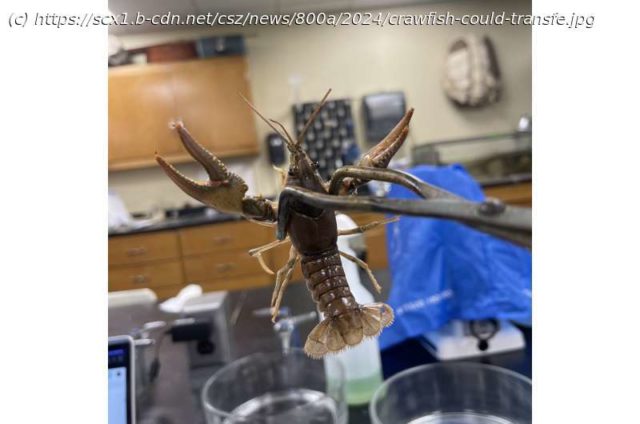From cell phones to watches to electric cars, lithium-ion rechargeable batteries power a plethora of devices. The increased use of this technology means more lithium could find its way into the environment as consumers discard electronic products.
From cell phones to watches to electric cars, lithium-ion rechargeable batteries power a plethora of devices. The increased use of this technology means more lithium could find its way into the environment as consumers discard electronic products.
Now, researchers describe how lithium can accumulate in a common Southern crustacean: the crawfish. As the season for catching and eating mudbugs comes into full swing, the researchers‘ findings highlight the potential implications for public health and the environment.
The researchers will present their results today at the spring meeting of the American Chemical Society (ACS).
„As aquatic organisms, crawfish can take up large amounts of lithium dissolved in water. Because other creatures—including people—eat crawfish, looking at them allows us to see how lithium moves through the food chain and potentially into us,“ says Joseph Kazery, a professor of biology.
Two undergraduate students in Kazery’s lab at Mississippi College, Andrew Doubert and Javian Ervin are presenting the results of their experiments on the uptake of ionic lithium by different crawfish organs, as well as the impact of seasonal temperatures. „If crawfish are raised near a landfill or a polluted site, runoff could expose them to lithium, with effects we don’t yet fully understand,“ Ervin says. „I myself eat crawfish, so this issue is important to me.“
Lithium contamination is not new. Even before lithium-ion batteries became widespread, lithium was, and still is, used as a medication to treat mood disorders. It enters the water supply in those applications because typical wastewater treatment does not remove drug contaminants.
Start
United States
USA — IT Crawfish could transfer ionic lithium from their environment into food chain






